Over the past few days, the interactive game Mycora: The Earth's Call of Mushrooms,created by Lu Yuanyuan, a postgraduate student majoring in Digital Art under the guidance of Associate Professor Cao Kaizhong from the School of Theatre, Film and Television at the Communication University of China, stood out in the MUSE Design Awards and won the Silver Prize in the category of "Conceptual Design – Gaming, AR & VR".
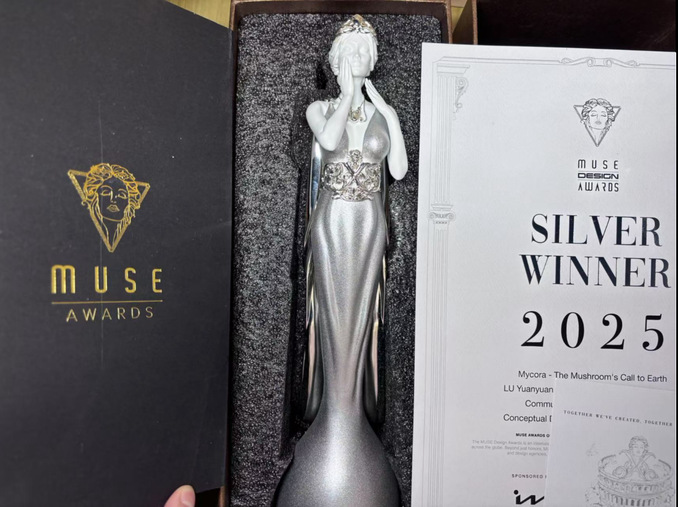
The MUSE Design Awards is a world-renowned international design competition founded by the International Awards Association (IAA) in 2015. It is known as the "Oscars of the design world."The award aims to break creative boundaries, recognize design works with outstanding originality and execution from around the world, and encourage designers to continuously raise industry standards. The competition is judged by a panel of internationally renowned designers, scholars, and industry experts, who conduct comprehensive evaluations from multiple dimensions such as innovation, functionality, aesthetic value, and social impact.
About the Work

The award- winning work Mycora: The Earth Call of Mushrooms creates a virtual experience themed around the world of mushrooms. Through innovative gameplay design, it skillfully integrates mycelium cultivation with environmental protection concepts, allowing players to engage in eco-friendly tasks by cultivating mycelium with their own hands, thereby fostering an emotional connection with nature.
The game features four core modules: mycelium growth experience, mushroom knowledge education, environmental awareness enhancement, and social interaction and sharing — together forming a complete gameplay loop.
The project delivers the concept of sustainable development in a gamified manner, seamlessly blending scientific knowledge with artistic expression, and showcasing the innovative fusion of digital creativity and environmental education.
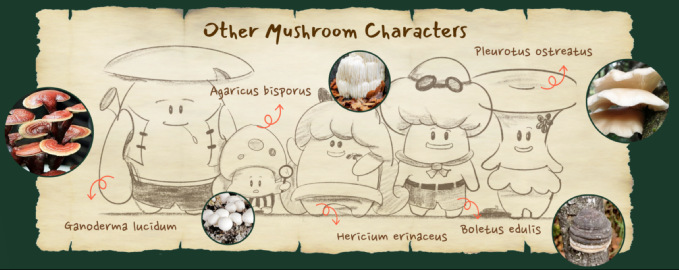
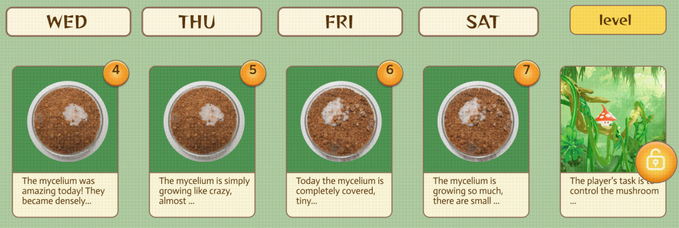

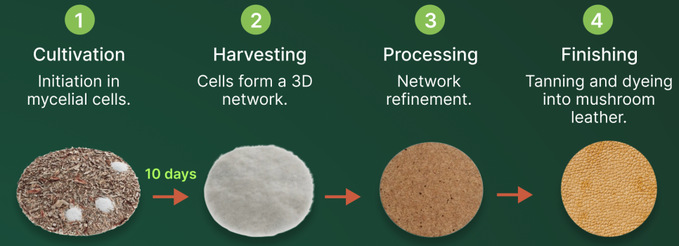
The creative teams aims to raise awareness about the importance of biodivertisty and sustainable materials through an innovative gaming appraoch. The game blends online virtual experiences with offline hands-on activities. Players are requires to document the real-life growth of mycelium, which is the translated into in-game progress, unlocking environment tasks and educaitonal content at various stages.
By resuing different animal characters, players can intuitively understand the ecological significance of mushrooms leather as sustainable alternative to the tradtional leather industry.
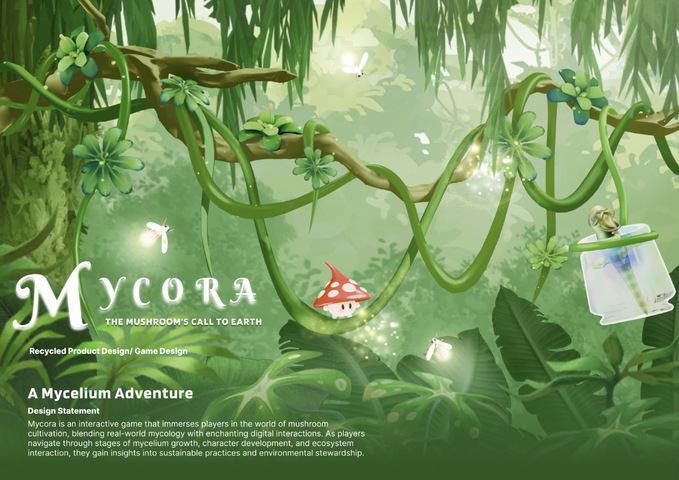

In terms of visual style, the creative team adopted a vibrant emerald green color palette and lively forest elements to construct a world that feels both scientific and dreamlike. The red-and-white mushroom character not only aligns with the public's visual perception of mushrooms but also adds a sense of playfulness and recognizably to the game.
The overall interface features a rounded, organic design language that echoes the theme of natural growth.
About the Instructor
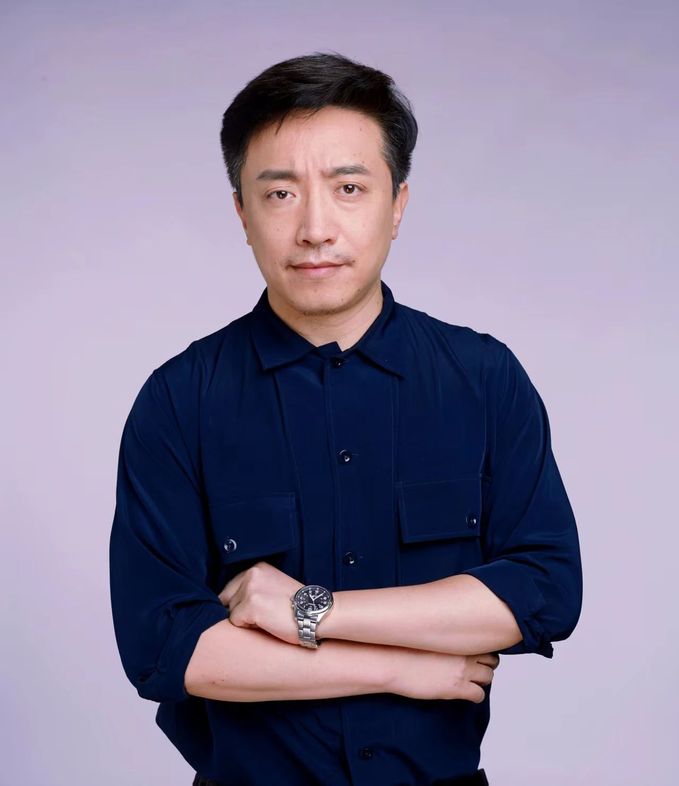
Cao Kaizhong is an associate professor at the Communication University of China and a recognized young top-notch talent at the university. He serves as a director of the Digital Architecture Sub-committee of the Architectural Society of China, a member of the Public Art Branch of the Beijing Planning Society, and a young member of the Chinese Society of Landscape Architecture.
His design works have received numerous honors, including the Excellence Award at Beijing International Design Week (2017), the Comprehensive Design Award at the 12th China (Nanning) International Garden Expo (2019), the Gold Award in the Environmental Design category of "Design for China" (2022), and the Special Award for Urban Renewal Units from the Urban Planning Society of China (2023).
About the Project Creator
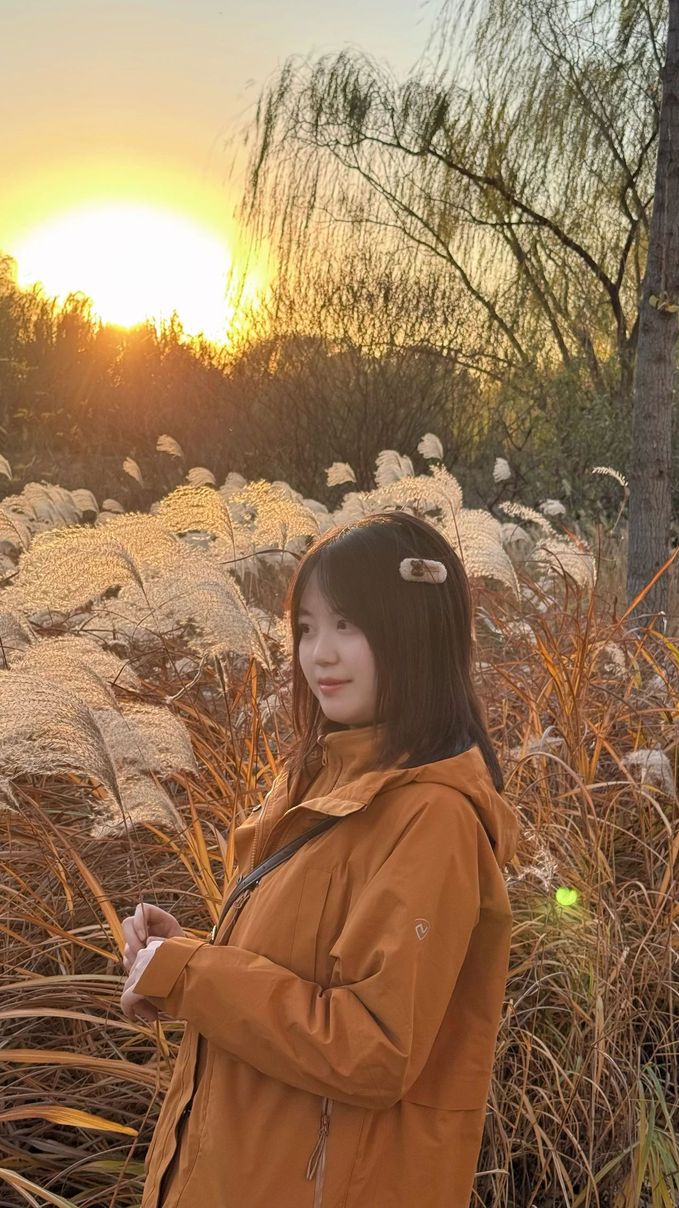
Lu Yuanyuan is a postgraduate student majoring in Digital Art at the Communication University of China, with a focus on the integrated creation of interactive media and environmental art.
Her design works have received multiple honors, including the Selected Award at the 2025 HCII International Student Game Design Competition, the Silver Award at the Asian Design Year Award, the Second Prize at the China Innovative Image Competition, and the Third Prize at the Design Competition of the Chinese Society of Landscape Architecture.
*Article translated by a large-language model.
Editor: Li Jichu














